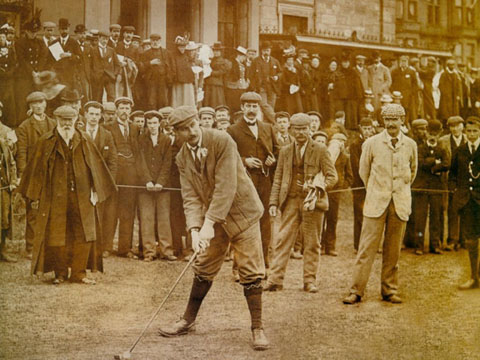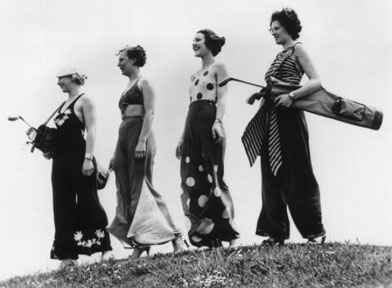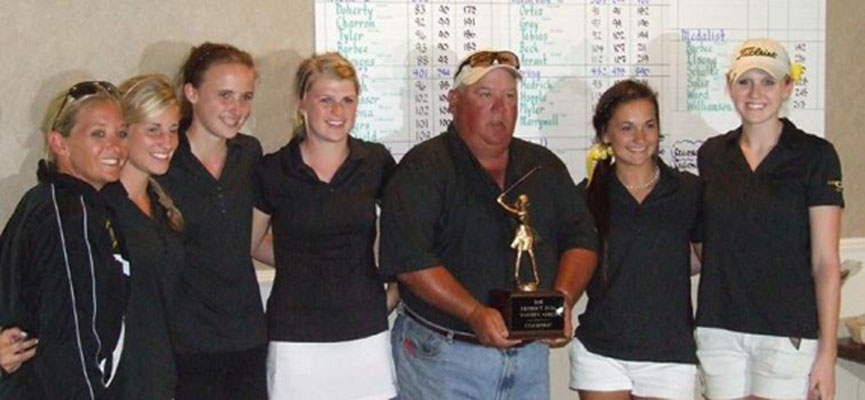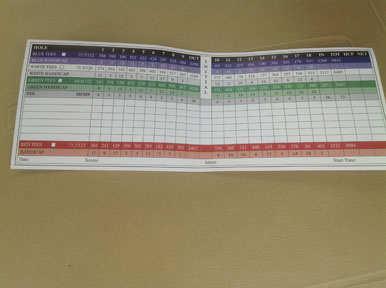| The name of golf arose out of a very set hegemonic structure between men and women. It is said that GOLF stands for Gentlemen Only, Ladies Forbidden. It is fascinating to see how the sport even had a cult-like nature when it began as being strictly male, which has carried over to today when men look at women on the course as if they are still outsiders. Although this is not an across-the-board feeling, it is unquestionably visible. "According to Haig-Muir (1998), embedded sexist attitudes can be found in country clubs across the country, affecting both voting rights and membership privileges" (Billings 2005). Even within the professional world of golf, "For decades, the women's professional tour (LPGA) has been considered of minuscule importance in comparison to the men's tour (PGA) or even the men's senior tour (Champions Tour) on several levels" (Billings 2005). These levels include prize money and television coverage. The fact still remains that women and young girls do not play as much as men is also evident in the amount of extra women's golf scholarships available by universities compared to any other women's sport. |  |
 |
The male dominance of this sport that began long ago still has presence within the language used today. "For instance, male golfers belittle other males by referring to them as women if they did not strike the ball appropriately or putt well [...]" for example, "if a male golfer has a poor tee shot other males suggest he drop his pants (or put on a skirt) and hit from the red (forward) tees" (Hundley, 40). These derogatory comments inhabit golf courses everyday. This is known and understood by personal experience. Heather Hundley, a woman golfer conducted research on "the discourse, signs, and codes on scorecards from 85 golf courses across the United States" and found "the language on scorecards specifically illuminates sexism in golf" (Hundley, 40-1). As discussed earlier, the colored tee boxes differentiating male and female articulate the segregation and hegemony of the game. The red (forward) tees are placed strategically to create the least distance of all the designated tee boxes. This fact assumes that women have less strength and talent to reach the hole with the same capacity as men. |

| This example is illustrated by Willow Creek's scorecard. The section for the "red tees" is placed on the opposite side (bottom) from all of the men's tee boxes. This physical barrier between the men and women's tee boxes illustrated upon the scorecard enforces this sexist theory within the game of golf. Once many brought attention to this unfair treatment between men and women, the levels began to change in many aspects. For example, "Recently, viewing of the LPGA (Ladies Professional Golf Association) has increased, and along with rising audience interest has come a series of challenges to masculine hegemonic entrenchment in golf" (Billings 2008). |  |